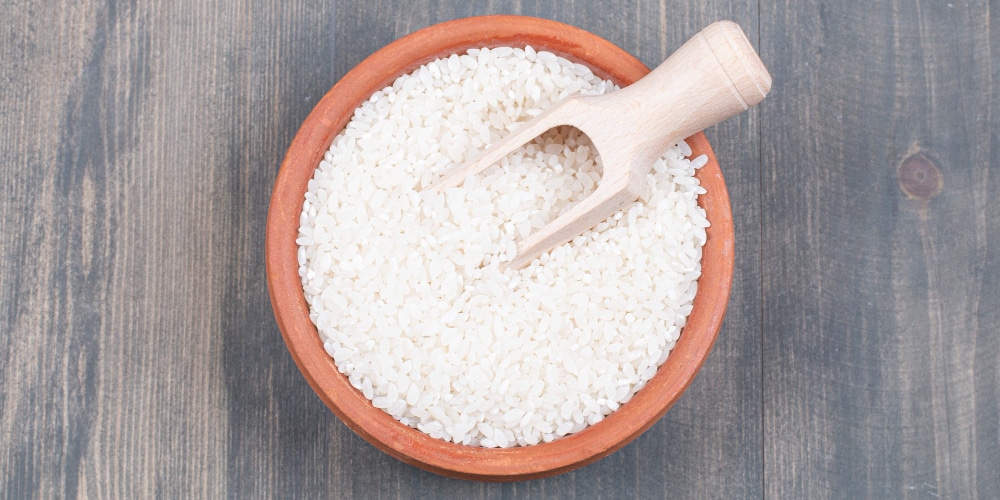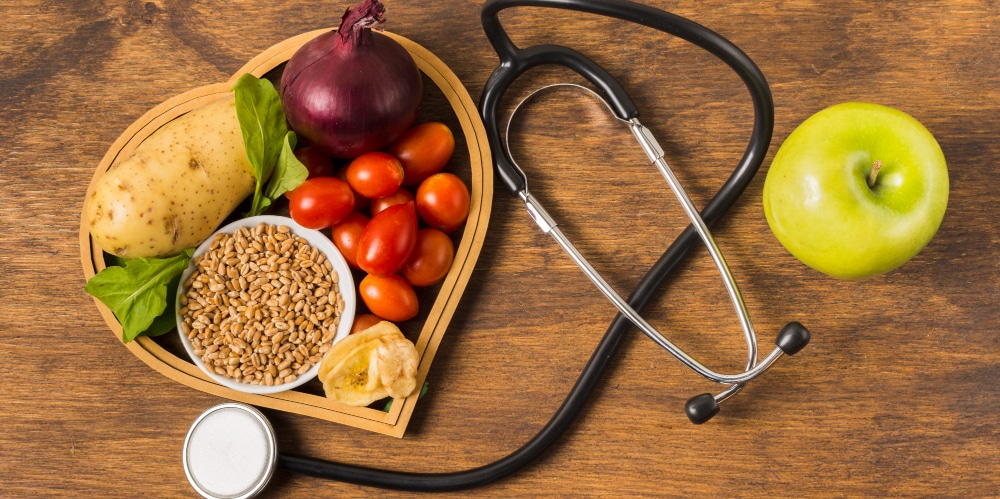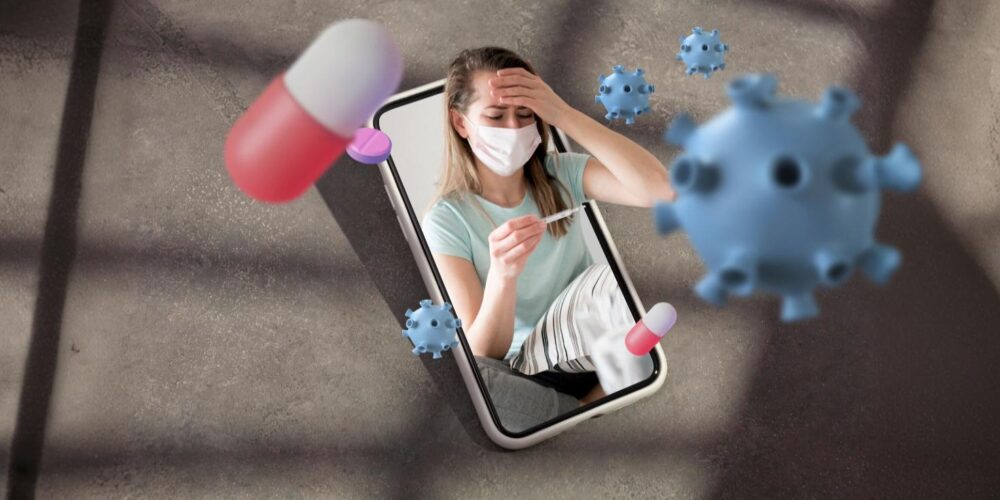Latest
Contact lens complications: What you need to know to protect your vision
Contact lens safety is paramount, given the rising popularity and potential risks like infections and corneal damage associated with improper use
Author
Author
- admin / 4 months

- 0
- 8 min read

Author
Today, contact lenses—whether prescription for vision correction or coloured for cosmetic appeal—are more popular than ever. From striking blue and honey-gold to deep hazel and emerald green, they promise style and convenience. But they also demand care and caution.
What are contact lenses and their types?
Contact lenses are thin, curved lenses placed directly on the eye’s surface to correct vision or change appearance. They work like spectacles by refracting light, but offer a wider field of view without frames.
They come in various types distinguished by material, wearing schedule, and replacement frequency. Soft lenses—made of flexible, oxygen-permeable plastics, including hydrogel and silicone hydrogel—are comfortable and widely used. Rigid gas-permeable (RGP) lenses are firmer but offer sharper vision and greater durability. Based on wear time, lenses can be daily wear (removed before sleep) or extended-wear, lasting from several nights up to a month. Replacement schedules range from daily disposables to planned replacement (e.g., bi-weekly or monthly).
How many people could possibly be using contact lenses?
While the exact number of contact lens users is unclear, with growing myopia or nearsightedness, the prevalence of contact lenses have also increased. The global prevalence of myopia is expected to increase from 27% of the world’s population in 2010 to 52% by 2050.

In India, too, the prevalence of myopia is rising due to increased screen time, urbanization, and limited outdoor activity. “The prevalence of myopia in 5 to 15‐year‐old urban children increased from 4.44% in 1999 to 21.15% in 2019. Our predictions, based on the slope of 0.8% every year (4.05% for every 5 years) indicate that the prevalence of myopia will increase to 31.89% in 2030, 40.01% in 2040 and 48.14% in 2050,” according to a study. It also went on to say that India could face a myopia epidemic in the coming decades, unless preventive measures and lifestyle changes are actively adopted.
What are the risks of wearing contact lenses?
Contact lenses are considered safe when used correctly, but misuse or negligence can lead to mild discomfort or, in severe cases, permanent vision damage. One of the most serious risks is corneal infections, particularly microbial keratitis—an inflammation of the cornea caused by bacteria, fungi, parasites, or viruses. The U.S. Food and Drug Administration (FDA) warns that such infections can develop rapidly and may result in corneal ulcers, scarring, or even blindness.
Dr Uma Mallaiah, Ophthalmologist at Indraprastha Apollo Hospitals, explained the importance of caution: “So first of all, if somebody asks whether contact lenses are safe, you can never say yes, they’re 100% safe. There is nothing 100% safe that is artificial in the body. That said, I do not discourage contact lens users. It is perfectly okay to wear contact lenses as long as an ophthalmologist has examined the patient, feels it’s safe for them, and all precautions are followed. First, you need to make sure you’re wearing a good-quality contact lens. The biggest problem we see is that patients tend to overuse their lenses. Overuse can definitely lead to problems. Second, you’re not supposed to sleep with contact lenses. Sleeping with them decreases corneal hydration and increases the risk of infection.”
Dr Mallaiah added, emphasising that any sign of redness, pain, or irritation is the eye’s way of signalling trouble. “The problems you can get with contact lenses include redness, irritation, dryness, and eye strain. The most serious is an eye infection because, if untreated, it can lead to a corneal ulcer or scarring, which can decrease vision. So infection is a serious issue. If a patient notices redness, discharge, or any eye problem while using contact lenses—even if they’ve taken proper care—they must stop using the lenses and see an ophthalmologist.”
The U.S. Centers for Disease Control and Prevention (CDC) adds that improper hygiene, sleeping in lenses not designed for overnight wear, and water exposure are leading contributors to infection risk.
A 2022 review found that the annual incidence of microbial keratitis in daily soft contact lens wearers is about 2–5 per 10,000 users, while for extended-wear lens users, the risk is significantly higher—around 20 per 10,000 users.
According to another study, wearing contact lenses—whether for vision correction or cosmetic purposes—can pose risks ranging from minor irritation to vision-threatening complications. Adverse effects may be caused by mechanical irritation, reduced oxygen supply to the cornea (hypoxia), infections, allergic reactions, or tear film disruptions. Common complications include microbial keratitis, corneal ulcers, and corneal edema (swelling), which, if untreated, can impair vision. Extended-wear lenses carry a much greater danger—studies show wearers are 10 to 15 times more likely to develop ulcerative keratitis compared to daily wearers.
Environmental factors, such as low humidity, can cause lens dehydration, resulting in discomfort, lens warping, or even expulsion. Other reported issues include giant papillary conjunctivitis (GPC), corneal vascularisation, epithelial microcysts, and infiltrates, which indicate inflammation or infection. Long-term use can also lead to structural changes like endothelial polymegethism or corneal molding, which may be irreversible. Allergic reactions to lens materials or preservatives, along with meibomian gland dysfunction, can cause chronic dry eye symptoms, further reducing lens tolerance.
Sleeping in contact lenses not meant for extended wear greatly increases the risk of corneal infections or ulcers. A 2018 report detailed six severe cases, including infections after weeks of continuous wear, with two patients requiring corneal transplants. Infections like keratitis, affecting two to 20 per 10,000 wearers, can cause lasting vision loss.
What can be done?
Contact lenses can be worn safely for years if they are used with care and proper hygiene. Dr Mallaiah, with 28 years of experience, advises, “If you’re using daily disposable lenses, it’s simple: wear them in the morning and throw them away at the end of the day. For other lenses, you need a proper cleaning solution and must follow protocols regarding cleaning and storage. Each product has specific instructions on how long you can keep them and when to change the solution.”
The first and most important rule is to maintain strict hand hygiene—always wash and dry your hands with a clean, lint-free towel before touching your lenses. Avoid soaps that contain lotions, oils, or perfumes, as these can leave a residue that transfers to the lenses and irritates the eyes. Under no circumstances should you use water or saliva to clean your lenses or their case, as these can carry harmful microorganisms; instead, always use the cleaning solution recommended by your eye doctor.
Safe wear practices also play a big role in protecting your vision. Lenses should only be worn for the duration recommended by your provider and should never be slept in unless they are specifically designed for extended wear. If you wear makeup, insert your lenses before applying cosmetics and remove them before taking makeup off to avoid trapping particles under the lens. Contact lenses should never be shared under any circumstances.
On coloured lenses, Dr Mallaiah said, “Coloured contact lenses are not inherently riskier than prescription ones, provided they’re from a reliable brand. Their purpose is cosmetic, not corrective. Colored lenses shouldn’t be worn overnight, must be cleaned properly, and cannot be kept for extended hours. In our practice, we’ve seen that prescription lenses are often worn daily and cleaned regularly, while coloured lenses may stay in solution longer without proper care, increasing infection risk.”
It’s also important to know when to remove your lenses. Any sign of redness, pain, irritation, blurred vision, or abnormal discharge is a warning to take them out immediately and consult an eye doctor. Keeping a backup pair of prescription glasses ensures you can rest your eyes when needed or in case of emergencies.
“The best option nowadays is daily disposable lenses. You use a fresh sterilised pair each day, which significantly reduces infection risk. Modern lenses are also softer and more malleable, making them less likely to irritate. Otherwise, there’s nothing major to worry about if used correctly,” Dr Mallaiah concluded.
Finally, regular eye checkups are crucial. Visiting your eye doctor at least once a year helps monitor your eye health, update your prescription if necessary, and catch potential issues early. By following these practices—cleaning lenses properly, avoiding risky habits, and responding promptly to discomfort—you can enjoy the benefits of contact lenses without risking your vision.
Also read: Ditch your glasses? FDA approves eye drops to fix your near sight
(Do you have a health-related claim that you would like us to fact-check? Send it to us, and we will fact-check it for you! You can send it on WhatsApp at +91-9311223141, mail us at hello@firstcheck.in, or click here to submit it online)










